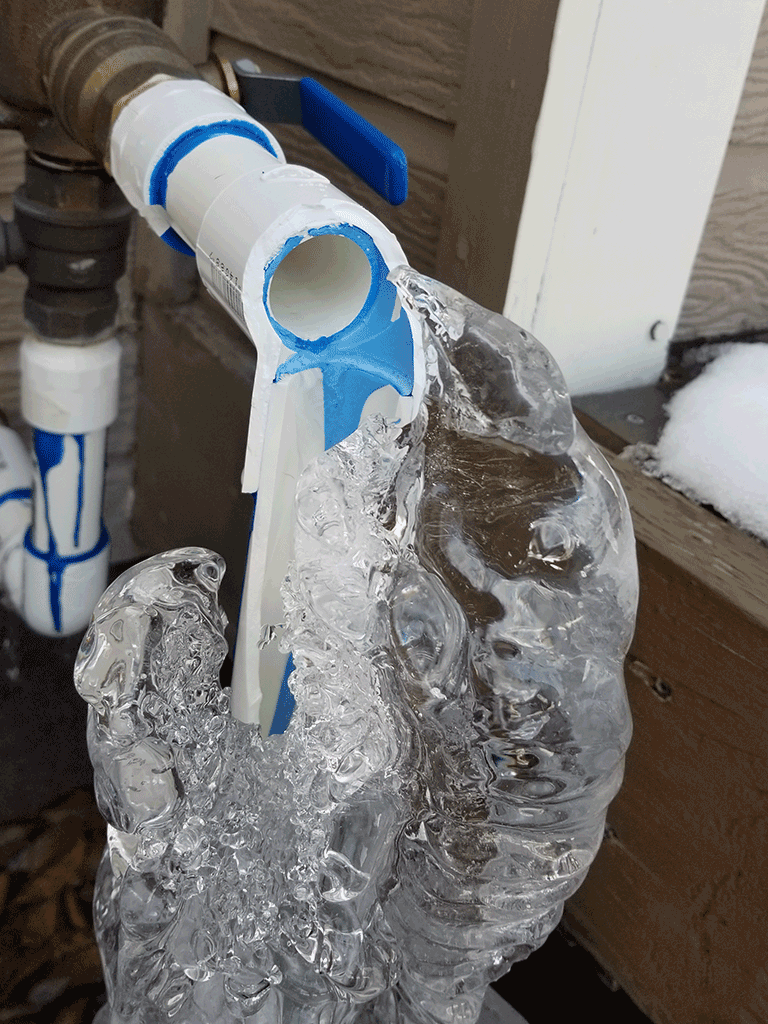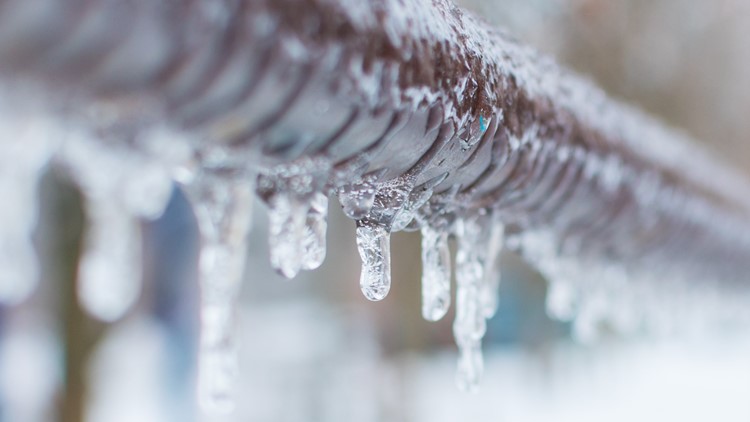Protecting Against Frozen Pipes in Winter: Expert Tips
Protecting Against Frozen Pipes in Winter: Expert Tips
Blog Article
The article author is making a few good pointers on the subject of Preventing and dealing with frozen pipes in general in this content followed below.

Cold weather can wreak havoc on your plumbing, especially by freezing pipelines. Below's exactly how to stop it from occurring and what to do if it does.
Intro
As temperature levels decline, the danger of icy pipelines increases, possibly resulting in costly repairs and water damage. Recognizing how to stop icy pipelines is vital for house owners in cool climates.
Prevention Tips
Protecting vulnerable pipelines
Wrap pipes in insulation sleeves or use heat tape to shield them from freezing temperature levels. Concentrate on pipelines in unheated or exterior areas of the home.
Heating techniques
Maintain indoor areas sufficiently heated, specifically locations with plumbing. Open up cabinet doors to permit cozy air to distribute around pipes under sinks.
Just how to determine icy pipelines
Seek lowered water flow from taps, uncommon smells or noises from pipes, and noticeable frost on revealed pipelines.
Long-Term Solutions
Architectural changes
Take into consideration rerouting pipelines away from outside wall surfaces or unheated areas. Add added insulation to attic rooms, basements, and crawl spaces.
Upgrading insulation
Buy premium insulation for pipelines, attics, and wall surfaces. Correct insulation aids preserve regular temperatures and lowers the threat of icy pipelines.
Securing Exterior Pipes
Garden tubes and outside taps
Separate and drain garden hoses prior to winter season. Mount frost-proof faucets or cover exterior faucets with insulated caps.
Comprehending Frozen Pipes
What creates pipes to freeze?
Pipes freeze when exposed to temperatures below 32 ° F (0 ° C) for prolonged durations. As water inside the pipes freezes, it increases, taxing the pipeline wall surfaces and possibly creating them to break.
Threats and problems
Icy pipes can cause water disruptions, home damage, and expensive repair services. Ruptured pipes can flooding homes and cause extensive structural damages.
Signs of Frozen Piping
Recognizing frozen pipelines early can avoid them from bursting.
What to Do If Your Pipelines Freeze
Immediate actions to take
If you think frozen pipelines, maintain faucets open up to alleviate pressure as the ice thaws. Utilize a hairdryer or towels taken in hot water to thaw pipes slowly.
Conclusion
Stopping icy pipelines requires proactive measures and quick feedbacks. By understanding the reasons, signs, and preventive measures, home owners can secure their pipes throughout winter.
6 Proven Ways to Prevent Frozen Pipes and Protect Your Home
Disconnect and Drain Garden Hoses
Before winter arrives, start by disconnecting your garden hoses and draining any remaining water. Close the shut-off valves that supply outdoor hose bibs and leave the outdoor faucet open to allow any residual water to drain. For extra protection, consider using faucet covers throughout the colder months. It’s also important to drain water from any sprinkler supply lines following the manufacturer’s directions.
Insulate Exposed Pipes
Insulating your pipes is an effective way to prevent freezing. Pipe insulation is readily available at home improvement stores and is relatively inexpensive. Pay close attention to pipes in unheated areas such as the attic, basement, crawl spaces, or garage. Apply foam insulation generously to create a buffer against the cold. You can also wrap your pipes in heat tape or thermostat-controlled heat cables for added warmth.
Seal Air Leaks
Inspect your home for any cracks or openings that could let in cold air. Seal any holes around the piping in interior or exterior walls, as well as the sill plates where your home rests on its foundation. Additionally, make sure to keep your garage door closed unless you’re entering or exiting. Leaving it open creates a significant air leak that can lead to frozen pipes.
Allow Warm Air Circulation
During cold snaps, it’s essential to allow warm air to circulate evenly throughout your home. Leave interior doors ajar to promote better airflow. Open kitchen and bathroom cabinets to help distribute heat consistently around the rooms. If you have small children or pets, be sure to remove any household chemicals or potentially harmful cleaners from open cabinets for safety.
Let Faucets Drip
A small trickle of water can make a big difference in preventing ice formation inside your pipes. When temperatures drop significantly, start a drip of water from all faucets served by exposed pipes. This continuous flow helps prevent the water from freezing. Additionally, running a few faucets slightly can relieve pressure inside the pipes, reducing the chances of a rupture if the water inside does freeze.
https://choateshvac.com/6-proven-ways-to-prevent-frozen-pipes-and-protect-your-home/

I stumbled upon that entry on Preventing and dealing with frozen pipes while browsing the internet. Do you know about someone else who is very much interested in Preventing and dealing with frozen pipes? Feel free to share it. Thank you so much for taking the time to read it.
At This Website Report this page